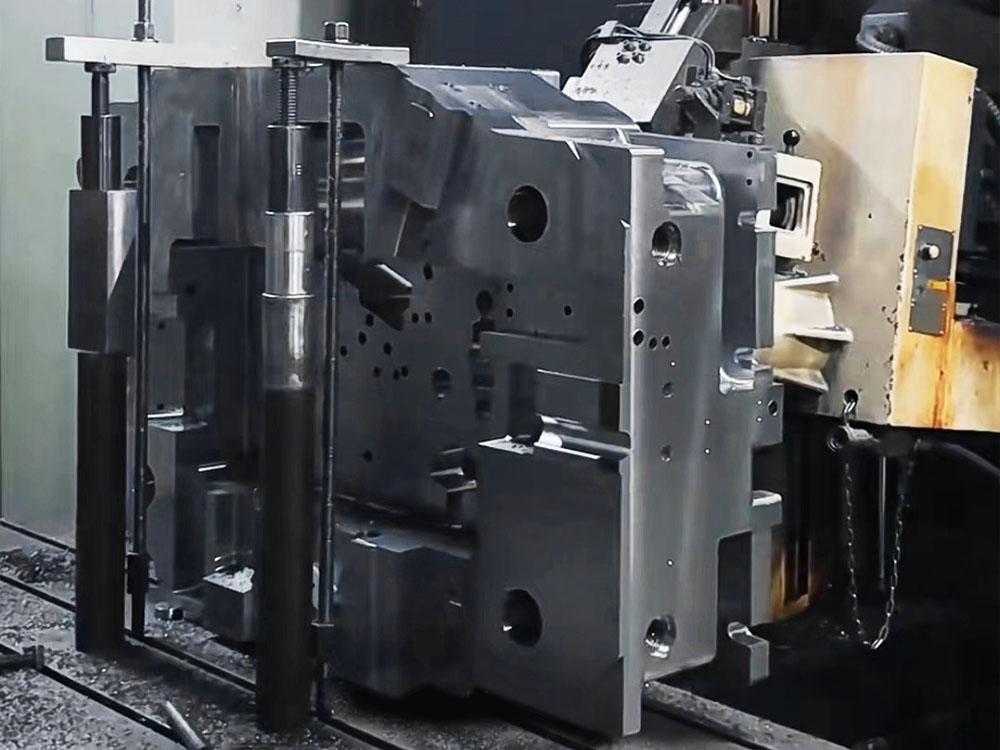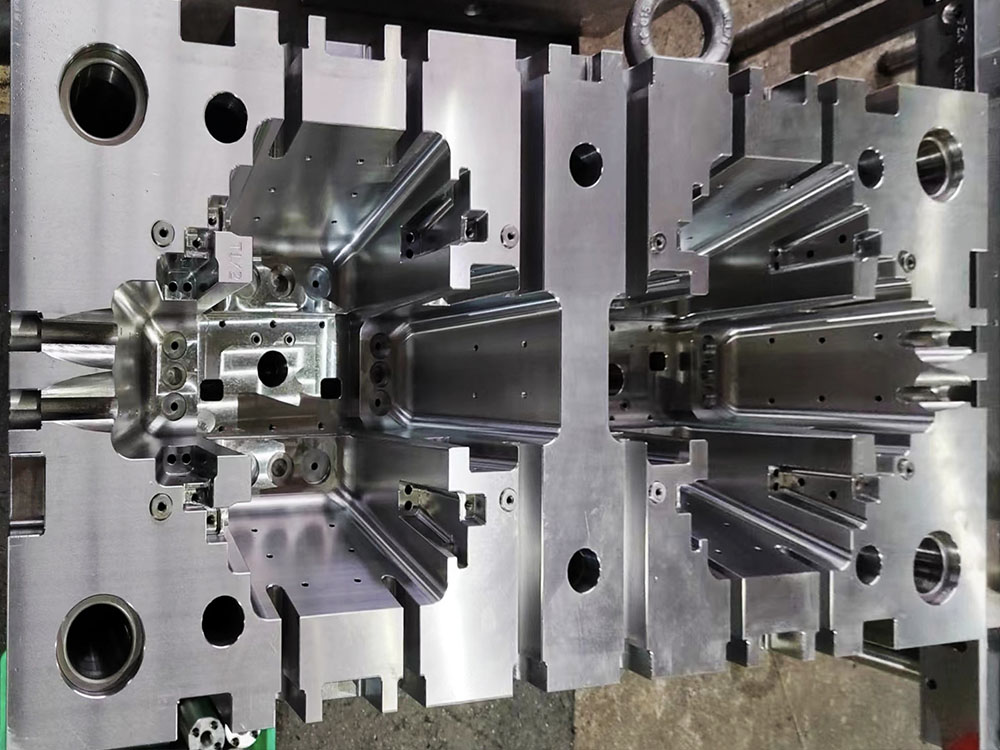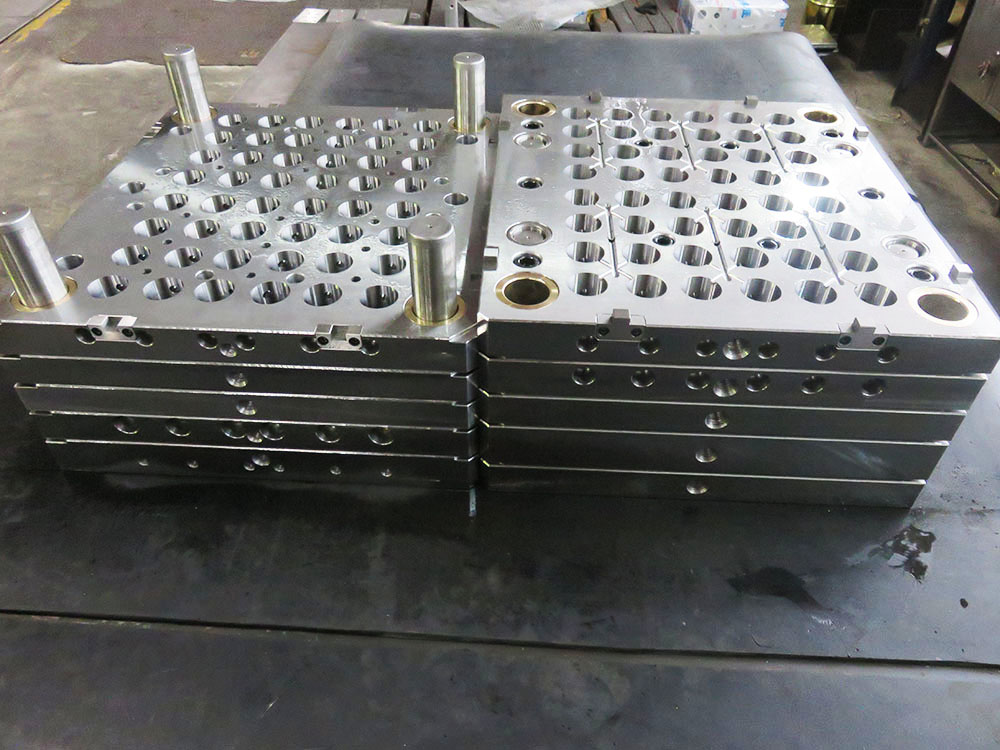Introduction to the Mold Base Industry
The mold base industry plays a crucial role in the manufacturing sector by providing the foundation for creating molds used in various industries such as automotive, consumer goods, and electronics. Mold bases support the mold cavities and provide the necessary rigidity and stability during the injection molding process.
Understanding the Importance of Support Brackets
Support brackets are an essential component of mold bases as they provide additional support and stability to the mold. These brackets are designed to distribute the load evenly and prevent any deformation or misalignment that may occur during the molding process.
Creating a Scissor Support for a Support Bracket
A scissor support is a commonly used design for support brackets in the mold base industry. This design allows for easy adjustment and ensures optimal support for the mold. Here is a step-by-step guide on how to make a scissor support for a support bracket.
Step 1: Gather the Materials
Before you begin, gather all the necessary materials. You will need steel plates, steel rods, bolts, nuts, washers, and welding equipment. Make sure all the materials are of high quality and suitable for the application.
Step 2: Cut and Shape the Steel Plates
Using a cutting tool, carefully cut the steel plates according to the required dimensions. The number of plates needed will depend on the size and weight of the mold. Once cut, shape the plates to match the desired design of the scissor support.
Step 3: Prepare the Steel Rods
Measure and cut the steel rods to the desired length, ensuring they are long enough to provide sufficient support. Clean the rods to remove any dirt or debris that may affect the welding process.
Step 4: Weld the Steel Plates and Rods
Position the steel plates and rods in the desired configuration and secure them with clamps. Using a welding machine, carefully weld the plates and rods together to create a sturdy scissor support structure. Ensure proper weld penetration to ensure the strength and durability of the support.
Step 5: Attach Bolts, Nuts, and Washers
Once the welding is complete and the scissor support structure is formed, attach bolts, nuts, and washers to provide adjustable support. These fasteners will allow you to fine-tune the height and angle of the support bracket as per the mold requirements.
Step 6: Test and Adjust
Test the scissor support for stability and load-bearing capacity. Make any necessary adjustments to ensure optimal support for the mold. It is important to conduct thorough testing to ensure the support bracket can withstand the molding process without any issues.
Conclusion
The mold base industry heavily relies on support brackets to provide stability and support to molds during the injection molding process. By following the above steps, you can create a scissor support for a support bracket that meets the requirements of your specific mold base. Remember to prioritize safety and quality throughout the manufacturing process to ensure a reliable and efficient mold base system.




